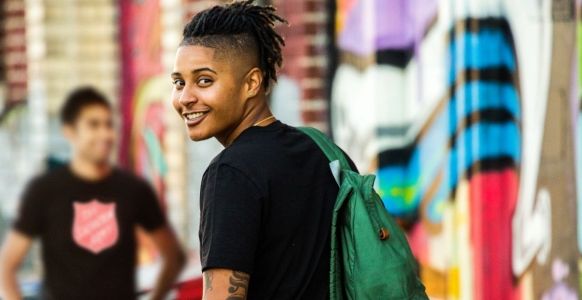Youth and children homelessness: facts and statistics
How many young people are experiencing homelessness?
Almost one in four people experiencing homelessness are children or young people aged 18 and under — a heartbreaking reminder of how early housing insecurity can begin.
- The highest rates of homelessness per 10,000 people in 2021 were for the 19–24 age group at 91 people per 10,000
- The under 12 age group increased to 48 people experiencing homelessness per 10,000 in 2021, up from 45 in 2016
Accurate statistics can be difficult to confirm for youth experiencing homelessness, as many may be staying temporarily with other households — sometimes known as ‘couch surfing’. This often refers to a young person sleeping at different friends’ houses because their own home is unsafe or unstable.
On Census night, they may be able to provide a home address, even though they are not permanently living there. In many cases, the host family isn’t even aware the young person cannot return home.
Youth homelessness statistics — people seeking support
Of all people seeking support from Specialist Homelessness Services in 2023–24, 27 per cent were under 18. This includes children presenting as part of a family and young people presenting alone.
On any given day, across Australia in 2024, SHS supported over 18,900 children in families. Families with children may be sleeping in cars or temporarily with friends or family — in what could be classed as a 'severely’ crowded dwelling.
Statistics from SHS show over 11,100 young people presented on their own for support at various services across Australia, on any given day in 2024. Across 2023–24 (as some would present on multiple days), 38,600 young people presented alone.
Support provided by SHS helps to address young people’s immediate, medium-term and long-term needs. This includes emergency accommodation, assistance with tenancy advocacy and material aid (essentials, such as food vouchers). The services also help young people with meeting their life goals. Many request — and receive — support with life skills, education and employment.
Cost of youth homelessness
Youth homelessness has an overwhelming impact on young people’s mental health. Of those presenting alone to Specialist Homelessness Services in 2023–24, 49 per cent had a mental health issue. If mental health conditions are unsupported, they may severely impact a young person’s ability to participate in further education or training, successfully hold a job, live independently and confidently and otherwise engage in society.
A report released in 2016, The Cost of Youth Homelessness in Australia, showed the average cost of health services per year for youth experiencing homelessness to be four times higher than the average for the general population ($8505 per person per annum compared to $2271 per person per annum). This includes overnight stays in mental health facilities, general practitioner visits, specialists, emergency department visits, ambulance services and rehabilitation facilities for alcohol and other drugs.
The report also shows that health and justice services provided to youth experiencing long-term unemployment cost $120 million per year. This is significantly less than the cost for youth experiencing homelessness — $747 million per year. Providing support early — before a young person experiences homelessness — has an economic benefit for Australia, and an immense benefit to the young person’s wellbeing.
Supporting young people experiencing homelessness
The Salvation Army has tailored services throughout Australia to support youth at risk of and experiencing homelessness.
We support young people with living skills, personal development skills, educational assistance, gaining a driver licence, employment assistance and job training assistance. By providing these services, young people at risk of homelessness are more resilient to avoiding it. For those who do experience homelessness, these skills reduce recurrence once they are in a stable home.
Salvation Army statistics show that in 2023–24, we provided:
- More than 62,000 nights of accommodation to young people who were at risk of or experiencing homelessness
- Nearly 83,000 sessions of care to young people
- Assistance to more than 5100 young Australians through youth services programs
- Assistance to more than 10,000 young people in drop-in or day centre programs
